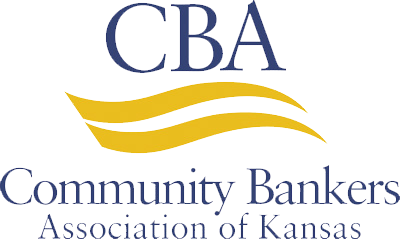After years of anticipating CECL, January 2023 is within sight. And the compliance deadline won’t be moving.
For many banks, the biggest challenge is simply adopting an unfamiliar process for calculating reserves. Fortunately, regulators have made strides toward minimizing possible disruptions. In fact, they’ve addressed many concerns head-on.
Where should banks start?
Regulators believe a bank’s CECL solution should equal the sophistication of its loan portfolio. So they expect different banks to use different solutions to calculate reserves. For banks with fewer losses, overly engineered solutions add no value – one reason solutions based on call report data are popular.
Process complexity can vary greatly among methodologies. When evaluating solutions, don’t mistake precision for accuracy. No current or past losses to work with? Future loss forecasts more often come from qualitative adjustments than from quantitative adjustments.
Methodologies such as loss rate, remaining life, migration or vintages are less complicated but generally less precise. Likewise, other methodologies (i.e., probability of default, discounted cash flows) are more precise but more difficult to develop. Is it worth the extra work? Many banks say no, preferring to continue using their Q factors to support or defend CECL as they did for their ALLL reserve.
Practical assistance is available
Among the varying options for CECL compliance is a solution developed with community banks and their challenges in mind. QwickAnalytics® CECLSolver™ is easy to use, and getting started is simple.
The tool utilizes a weighted average remaining maturity (WARM) focus to automatically display historical losses over WARM periods. This eliminates the need to compile past information, enabling quick, easy analysis of different loss scenarios. CECLSolver also displays loss histories of selected peer groups (UPBR/state/custom) for identical periods. We’ll help you with WARM calculations, whether they’re performed by your team (if data is available) or by ours.
We expect that banks will continue to address qualitative factors. Regulatory statements regarding assessing the collectability of cash flows have caused many banks to stress – and there’s no need. We believe banks should continue to utilize qualitative adjustments currently conducted as part of their incurred loss calculation. They’ve been doing this successfully for years. Furthermore, you and your regulators are familiar with and believe in the process.
As for the CECL “forecasting” element, bankers should focus on what might cause future portfolio losses and diminish their ability to collect on loans. Document and quantify your answers, again not mistaking precision for accuracy. Emphasize being directionally accurate, considering your portfolio plus possible scenarios. If your mortgage portfolio is significant, consider housing prices, unemployment levels, etc. Understand how they’re trending and the potential negative effect of reversals. We can help you update current qualitative adjustments to reflect forward-looking perspectives.
Designed for community banks like yours
CECLSolver provides banks with a portfolio-level solution based on call report information – plus the ability to perform more complex loan-level analysis as required. Our approach is to start, monitor, and, if necessary, adjust.
CECL compliance is as complicated as you want to make it – but delaying the inevitable isn’t the wisest strategy. Schedule a demo today to see your historical numbers and how CECLSolver can help.
As president of QwickRate, Shawn O’Brien continues to enhance the delivery of direct non-brokered funding and investing through QwickRate’s CD Marketplace, while also bringing new offerings to its more than 3,000 institutional subscribers. These newer products and services set industry standards for providing time-saving performance and ease of use to financial institutions: IntelliCredit™ for game-changing loan review services and a credit intelligence solution that help banks detect risk earlier; QwickAnalytics® for bank research, analysis and regulatory tools including CECLSolver™; and QwickBonds for ease of access to fixed income investments. Shawn currently serves on the board of directors of the National Bank of St. Anne, an Illinois community bank. He holds a B.A. business degree from the University of Notre Dame.











